The folklore of Chunian
Welcome to Chunian: a town deeply entrenched in the cultural heritage of Punjab.
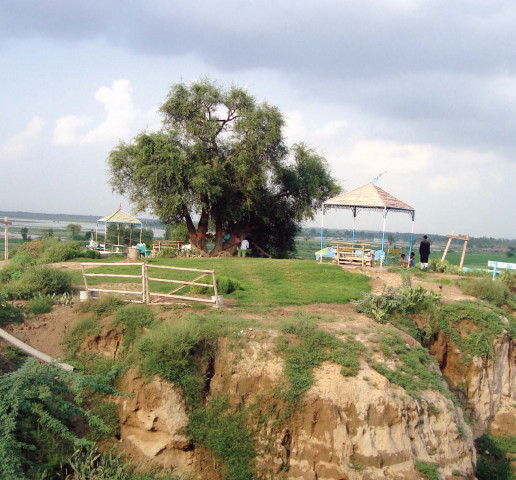
As one delves into historical records, one finds numerous references to this town. The Archaeology Department reports that there are seven major mounds here. Those mounds, which were formed during the massive flooding of the Bea River in the 18th century, are not of archaeological importance and serve as picnic spots for the residents.
According to the Encyclopedia of Sikh Literature, Chunian is the plural for Chuni which means pearl. It is believed that this city was originally inhabited by Chodas, or the untouchables, for whom the pearl is a symbol. Later, during the Mughal era, a Muslim saint known as Peer Jahania converted them to Islam. Peer Jahania’s tomb marks the zero point of this city. This tomb is accompanied by a modern mosque and in its courtyard is a small building which marks the spot where the Sufi used to sit.
In his book, Tehrikh-e-Cambhon, police inspector Abdul Wahab Amritsari traces the history of Chunian up to the time of the arrival of Arabs in Sindh. According to him, when Muhammad Bin Qasim attacked Sindh, Chunian was under the sway of Multan and was ruled by a man belonging to the Cambho clan. When the Muslims got hold of Multan, Chunian fell to them. The ruler of Chunian asked to pay the Muslims compensation in installments. Meanwhile, as guarantee that he would pay the full amount, the king gave Muhammad Bin Qasim his son, Maha Chawar, who was taken to Arabia.
Living under Muslim influence, the boy embraced Islam. Five years later, when the King of Chunian had paid the entire amount, the prince returned to Chunian. However, instead of being welcomed back, Maha Chawar was castigated by Hindu priests for having abandoned his religion and it was decided that he should be killed. But his sister Kangna heard of the plan and she and Maha Chawar fled the city. The king’s army intercepted the siblings at Mandi Borewala, where they were murdered. Later, Muslim rulers built a tomb to commemorate their memory. The mausoleum is still standing, known by the name of Diwan Chawali Mushahiq Haji Muhammad Sheikh. Kanganpur, a village in the tehsil, is named after Kangna.
Chunian took its present shape during the Mughal era, when royal arms and ammunition were being manufactured here. The city stands on a mound, originally protected by a wall with many doorways. Not many doors are present today, and parts of the wall are also missing but, at its zenith, the mound was about 40 feet high.
Tajamol Kaleem, the local Punjabi poet, took us around the city, to an ancient Jain temple, near the old route of River Bea. A Wahabi mosque accompanies the temple and, a few months back, controversy arose when members of the mosque insisted on taking over the building. However, the local elders prohibited the mosque-goers from taking over the temple, arguing that the sanctuary was an amanat and a Muslim should not renege on his promise. For now, the tension has defused though there was still apprehension in the atmosphere when we took a few photographs of the spot. We were greeted by hostile looks followed by a few tirades.
Nearby is the Harchoki gate, which faces the historical village of Harchoki. In the 18th century, an epic war was fought in the fields of the village, which is narrated in Sir Lepel H Griffin ‘s famous book, Punjab Chiefs.
In the early 16th century, when Babar was on his way to capture Delhi, there was an internecine war in Afghanistan, which led to an exodus of many Pathan tribes. These tribes joined Babar and helped him win the decisive battle of Panipat in 1525. As a reward for their loyalty, they were given impressive titles and control of Bengal. But in 1569, Jahangir was born to Emperor Akbar and all of the nobles came to pay homage to him, except these Pathans. Angry at their insolence, Akbar demanded that their titles and property be taken away. When they started returning to Kabul, the King realised that they were a huge asset to the Mughal Kingdom and he sent Abu Fazl, the writer of Akbar-Nama, to reconcile them.
They were given permission to settle anywhere except Delhi and accordingly they settled in Kasur. At that time a dacoit called Pera Baloch was a source of irritation to the ruler of Chunian, Raja Rai. When Pera Baloch started attacking the Pathans, he was killed in a fight and the Pathans went on to establish their authority in Kasur and Chunian.
In 1720, the Pathans descended on the fields of Harchoki along with Nawab Hussain Khan, the ruler of Kasur, and the mayor of Chunian, Sardar Fazl Khan, against the might of the Mughal Governor of Lahore, Abdul Samad Khan. From the very beginning, the former group was destined to lose, with only a force of 10,000 against an army of 70,000, and the death of Nawab Hussain Khan in this battle translated into a defeat for his army.
This historic battle is entrenched in the cultural psyche of the people of Punjab. It became a symbol of rebellion against an oppressive tyrant and the evocation of this battle in Waris Shah’s Heer is a barometer of the cultural importance of this town. Despite language and cultural barriers, Heer goes on to unite people under the banner of Punjabi nationalism. Another folk tale originating from Chunian — much larger in its scale of influence than Heer — is the story of Sassi Punnon connecting Punjab with Sindh and Balochistan. It is generally believed that the heroine, Sassi, was the daughter of the King of Bhambour but in an article published in Amroz in 1970, Advocate Syed asserted that Sassi was born in Chunian. Her life was threatened because of a prophecy that a female would bring shame to the city and as an infant she was put in a basket that reached Bhambour.
Though Chunian dons a modern garb today, it is a traditional city that has continued to hold significance over many centuries. Though many older buildings, such as the Shah Jahani mosque, have been lost, the ambience of the city takes one back in time, connecting its present with the past. A journey through Chunian is like a journey through time.
Published in The Express Tribune, October 24th, 2010.


1675249047-0/image-(18)1675249047-0-208x130.webp)
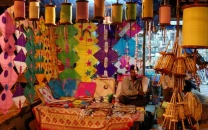
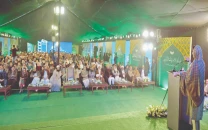
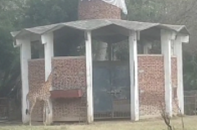
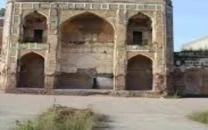












COMMENTS
Comments are moderated and generally will be posted if they are on-topic and not abusive.
For more information, please see our Comments FAQ